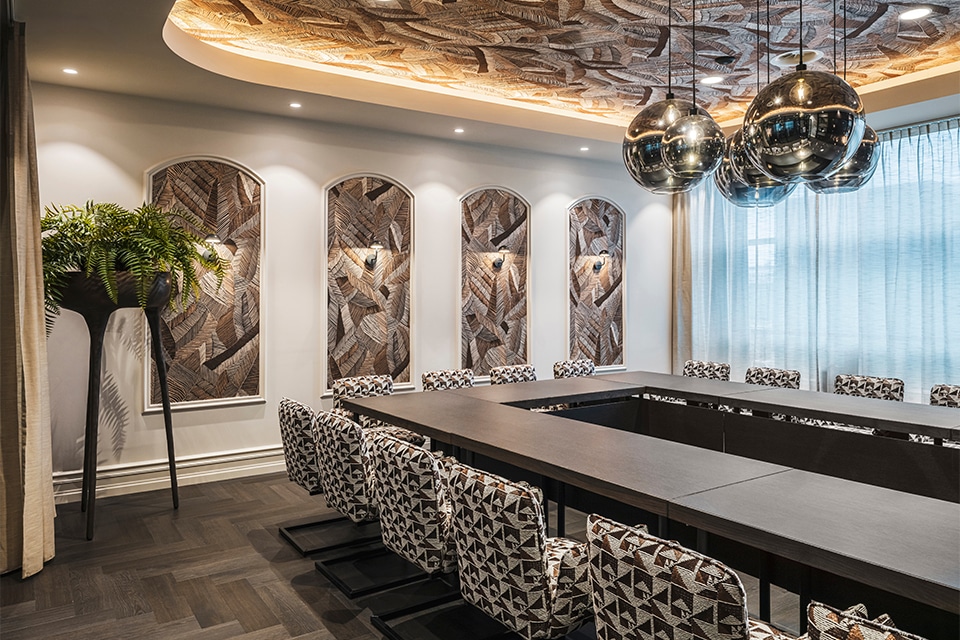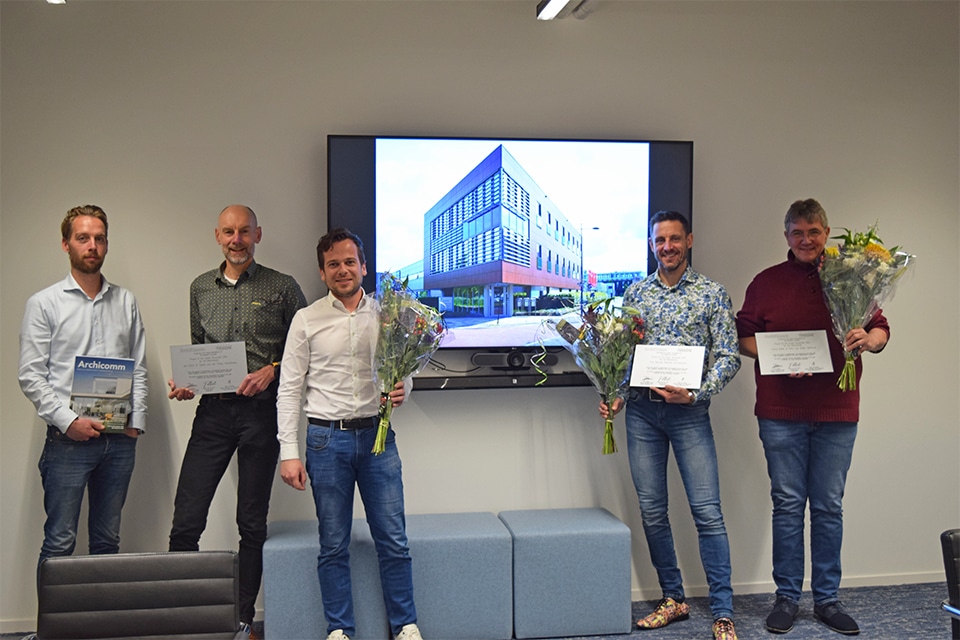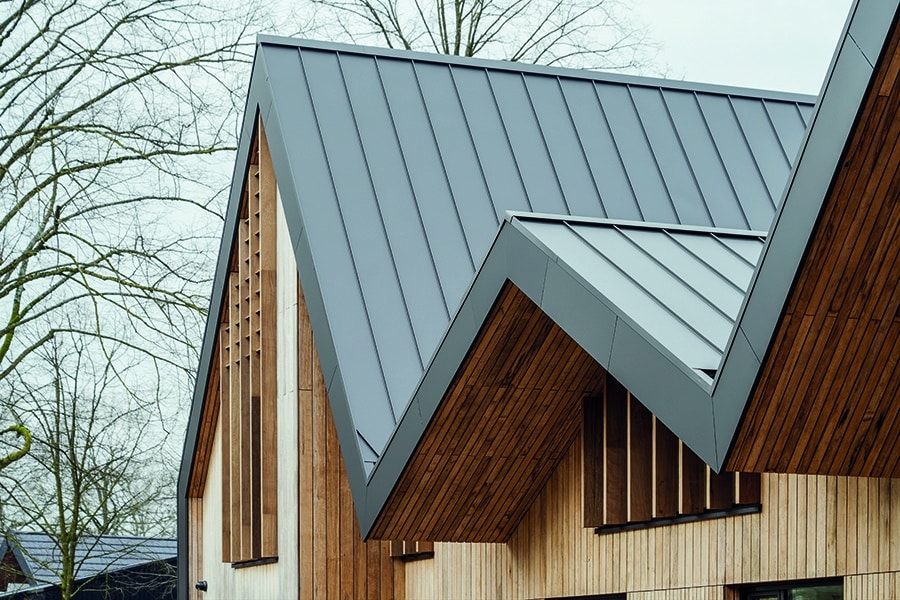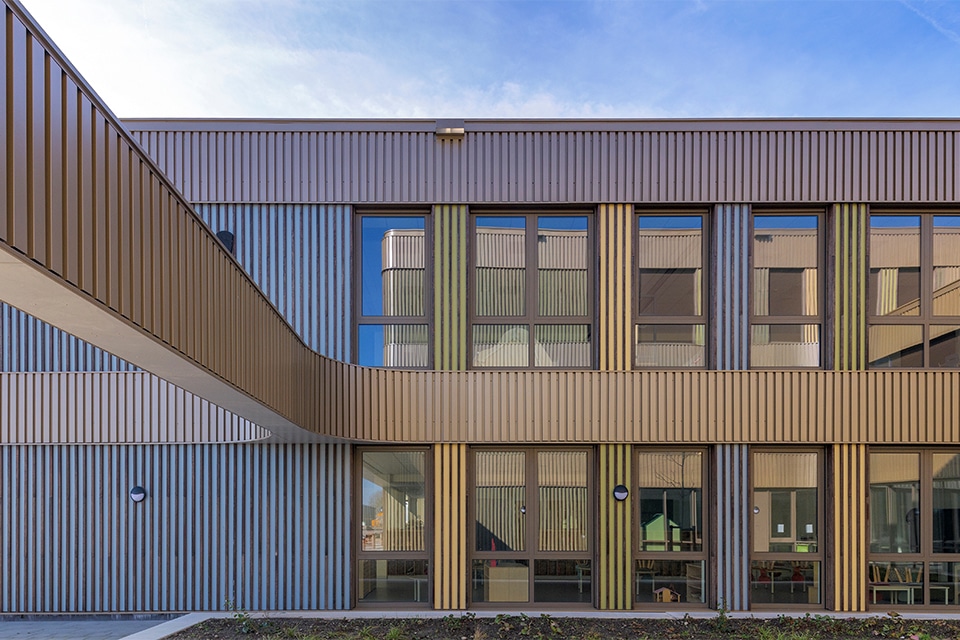
Energy-generating facade material: Printed Solar Facade
It is therefore necessary to look at alternatives. Aldowa Green offers that possibility with the Printed Solar Facade, an aesthetically very attractive cladding that generates energy and retains great design freedom. There is a wide choice of shape, size and color. Even your own design (print) is among the possibilities. One of the first projects on which the energy-generating facade material has been installed is the STCA in Amsterdam.

The facade is proving to be a serious candidate for PV panel application, especially since we also meet the aesthetic quality with these panels, begins Frank Frumau of Aldowa Green. "The panels are a combination of a photovoltaic material that generates the energy and an integrated full-color print that can be designed by the architect or client. The STCA in Amsterdam was eager to participate in a pilot setup. We placed the Printed Solar Facade in the former grid spaces on the top floor of the building."
Strategic balance
Aldowa Green removed the existing grids and fitted the vacant facade openings with full-color PV panels. "It involves a total of eleven bays with sixteen panels and one bay with six panels. Eight of the eleven bays are done with full-color pictograms provided by the client, while the other three bays are done in a gray, solid color scheme," Frumau explained. Aldowa Green is responsible for the engineering, disassembly and installation of the panels in the (existing) facade on site.
Frumau: "We have developed a technique to mount the glass-glass panels completely blind in the facade using a frameless suspension system. We also take care of the finishing of the whole and any additional typesetting around the panels in a similar color scheme. The full-color panels themselves are factory assembled in virtually any size. Depending on the facade layout, the most optimal format is determined based on the dimensions of the cells. Even inclined panels are possible. A strategic balance is always sought between maximum energy generation, optimum design quality and cost."
Solar panels on rooftops create a huge peak load on the power grid in the middle of the day, Frumau argues. "There is a lot to be done by grid operators to start smoothing this out. Facade solar panels can make a nice contribution to that. They provide less energy on a nice summer day, but in the winter months when the sun is low, they provide more energy. And that's precisely when buildings need plenty of energy for installations. The year-round yield graph of PV panels in the facade is a lot flatter and less of a burden on the grid than panels on the roof. Since they can be supplied in any color, shape and pattern, I foresee a bright future for Printed Solar Facades."




